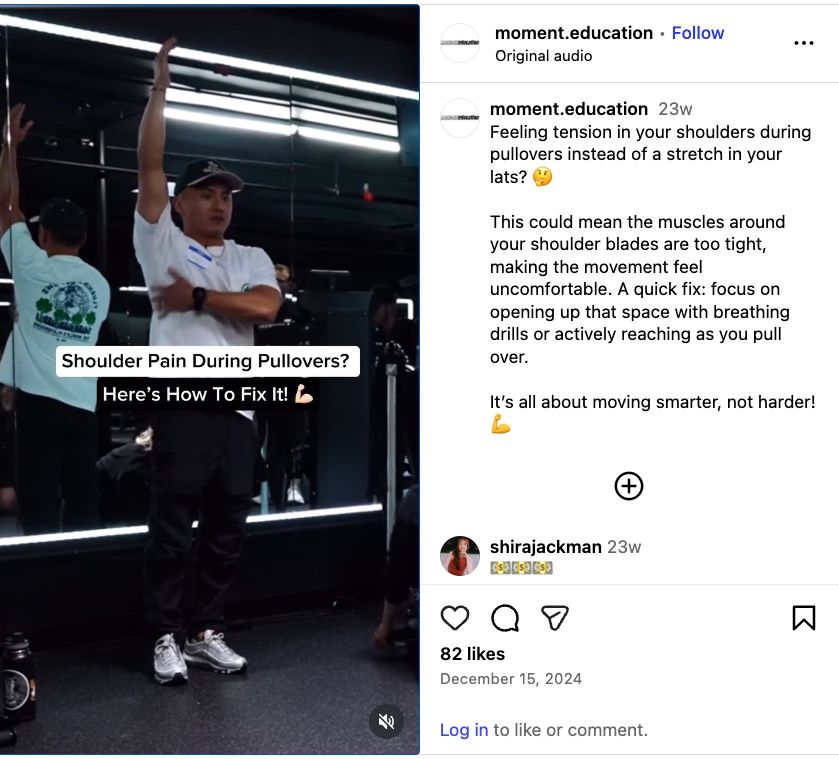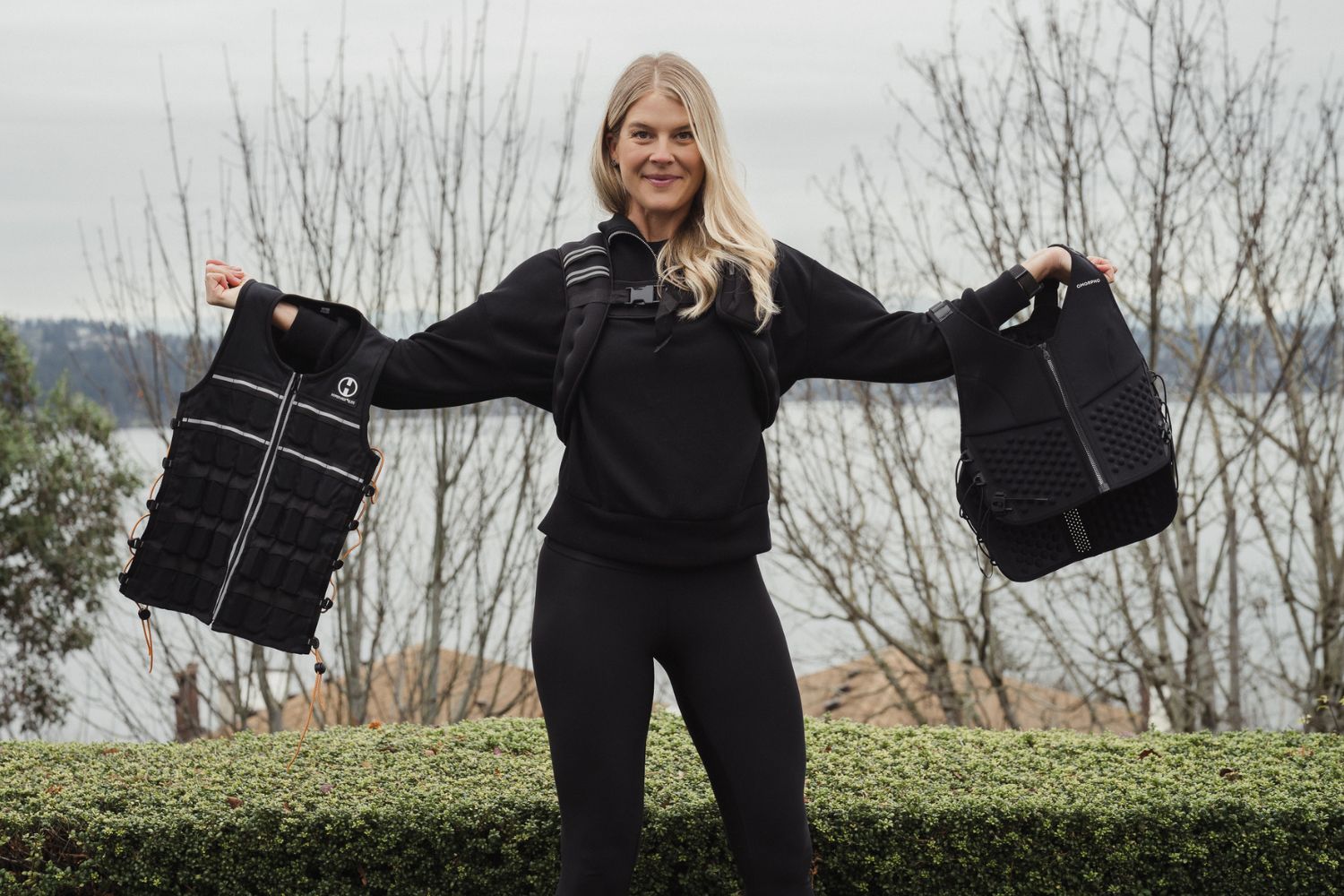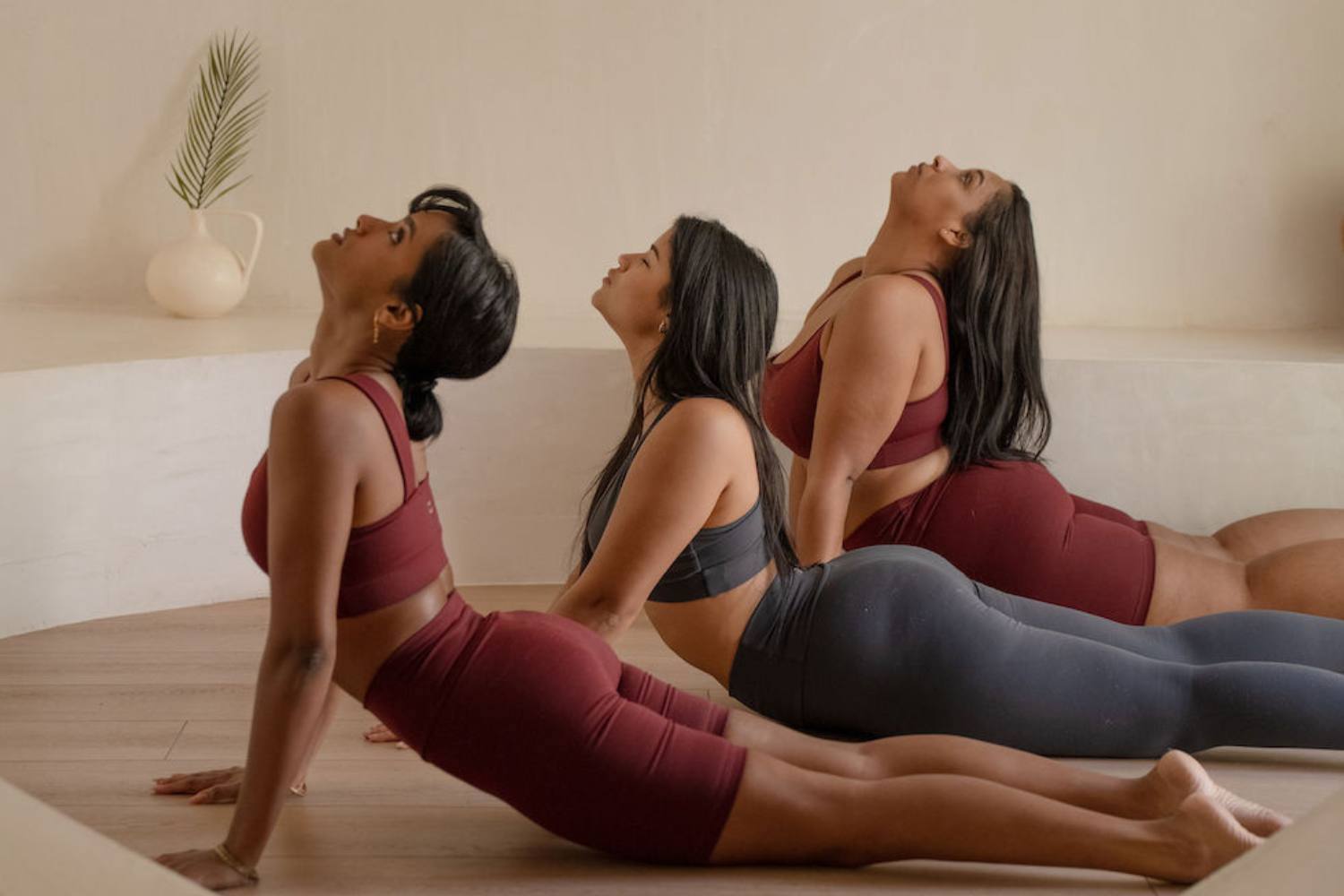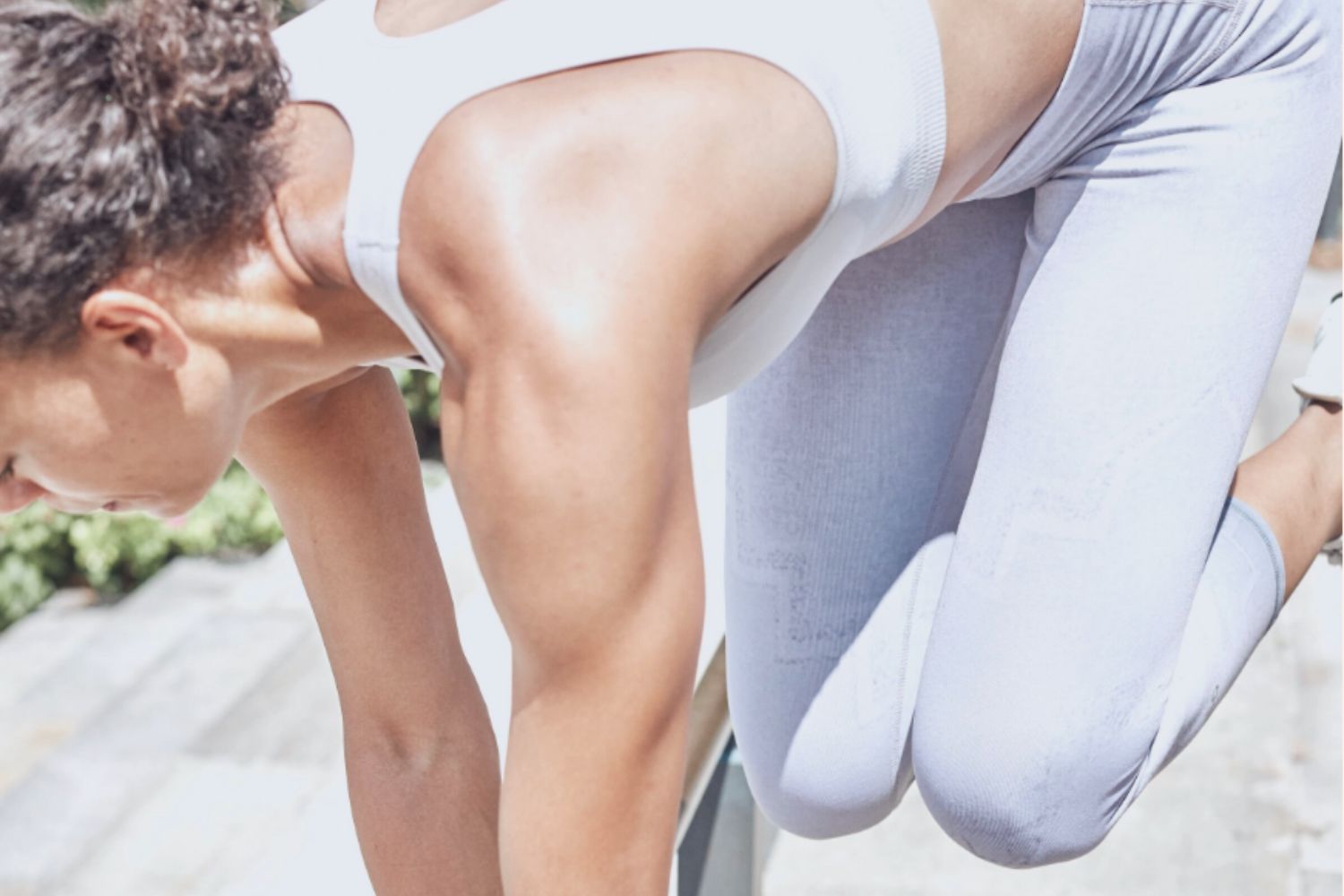
Mobility exercises: the underrated key to sustainable workouts in midlife and beyond
We hear a lot about how important it is for women 35+ to start strength training (and rightly so!), but a lesser talked about part of a sustainable workout routine are mobility exercises.
While it might not sound as sexy as sculpted thighs and toned biceps, mobility exercises can literally save your joints and improve functional movement – allowing you to do all the unsexy things later in life like maintaining better posture, being able to carry your own groceries, and getting up off the couch unassisted. Mobility exercises are the key to being able to maintain your workout routine through midlife and beyond.
What are mobility exercises?
Mobility exercises — also referred to as mobility training — are designed to help your body move through a full range of motion, using controlled and stable movement. “Mobility is your active range of motion,” says Dr. Andy Fata-Chan, PT, DPT, a New York–based physical therapist and fitness coach at Moment Physical Therapy & Performance. “Mobility is your ability to actively control your joints and muscles as you move.”
How are mobility exercises different from flexibility and stretching?
While mobility and flexibility are both important, they have a few defining differences. The main difference between mobility exercises and flexibility or stretching, explains Dr. Fata-Chan, is that mobility exercises require you to actively control your joints and muscles through the movement. “Mobility exercises are typically more dynamic where you’re moving into and out of a position,” he says. “Flexibility focuses on holding positions that passively lengthen the muscles.”
Why should women focus on mobility exercises?
Most of us want to live long, active lives but as we go through midlife our bodies start changing in ways that can make that challenging. In midlife, women are facing things like decreasing bone density and a loss of muscle mass, which Dr. Andy Fata-Chan explains, affects healthy aging. “Training through a bigger range of motion will allow for more efficient workouts,” he says, “You can workout better by training exercise patterns through a full range of motion and that is only possible when you work on your mobility.”
As we move through midlife, it becomes clear that we took a lot for granted when we’re younger, “like being supple, falling well, and reaching a certain range of motion in movement,” says Roma Van der Walt, former pro athlete turned Sports Scientist and Founder of Vitelle. She uses launching into a cartwheel as a great example: “We do it all the time when we are young. I did it in my early 40s and pulled my adductor slightly. It was enough to bruise my ego and my leg and inhibit my movement for the next few days,” she says.

Keeping up with our mobility exercises ensures that our bodies remain strong and functional, even as we deal with a loss of muscle mass. Mobility exercises also reduce our risk of injury. “In particular, before resistance training with heavy loads,” Van der Walt explains, “the muscles should be warmed up and moving through their sheaths optimally. Supple muscles protect our joints, too.”
Mobility is so essential in midlife that Van der Walt refers to it as “the fountain of youth.” And who doesn’t want that?!
How do we access this fountain of youth — a.k.a. mobility exercises?
Van der Walt shared that her top three favorite mobility exercises are weighted bird dog, sitting down and getting up off the floor with crossed legs (like this mobility challenge), and thoracic extension exercises — placing hands elevated on a chair or draping the upper back over a foam roller like this.
People most commonly experience a lack of mobility in the ankles, hips, and shoulders. For a restricted ankle — which Fata-Chan explains can prevent you from walking, running, and squatting efficiently — you can improve mobility by doing single leg calf raises off a step and “focus on the lowering as that will lengthen the muscles in the back of your leg that are often very tight.”
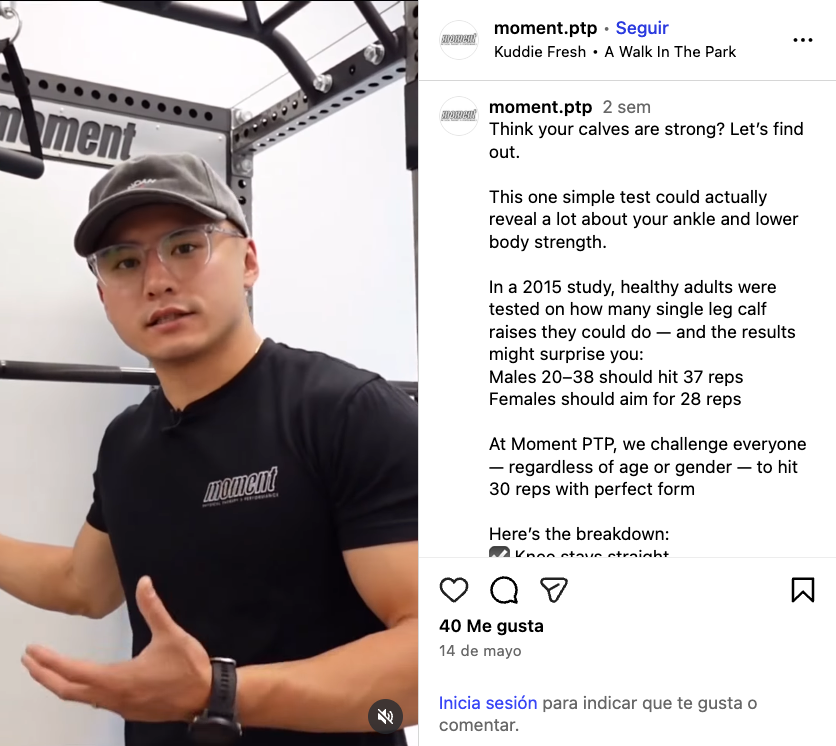
Of course, we all know that being sedentary causes our hips to tighten up. Fata-Chan recommends adding shin boxes or hip 90/90 rotations. And for overhead shoulder mobility – which is often something that is restricted in a lot of people — he suggests single arm and double arm pullovers to maintain the ability to lift our arms overhead.
How often should we do mobility exercises?
The great thing about mobility exercises is that they can be sprinkled into your week or you can do entire workouts focused just on mobility.
One of the most effective times to include mobility exercises is before your workout and during your workout, explains Fata-Chan. If you can include some dynamic mobility exercises into your warm-up then “this can reduce your risk of muscle strains while increasing your core temperature and preparing you for your workout,” he says. He also suggests using mobility exercises as active rest throughout your workout. Ultimately, he says, “you don’t need more than two to three days per week where you’re including mobility exercises.”
You can simplify it by focusing on one or two body parts at a time, including a couple mobility exercises for each, suggests Fata-Chan. “Mobility routines do not need to take up a majority of your workout,” he says, “They should be a few exercises that are included in your warm-up and during your workout.”
Make mobility exercises a part of your life for the rest of your life!
No matter how you incorporate mobility into your life — fully focused mobility workouts or sprinkled into the warm ups of your existing strength training — make sure you are prioritizing this fountain of youth. It’s the key to maintaining healthy, strong, and stable bodies well into our elder years.

